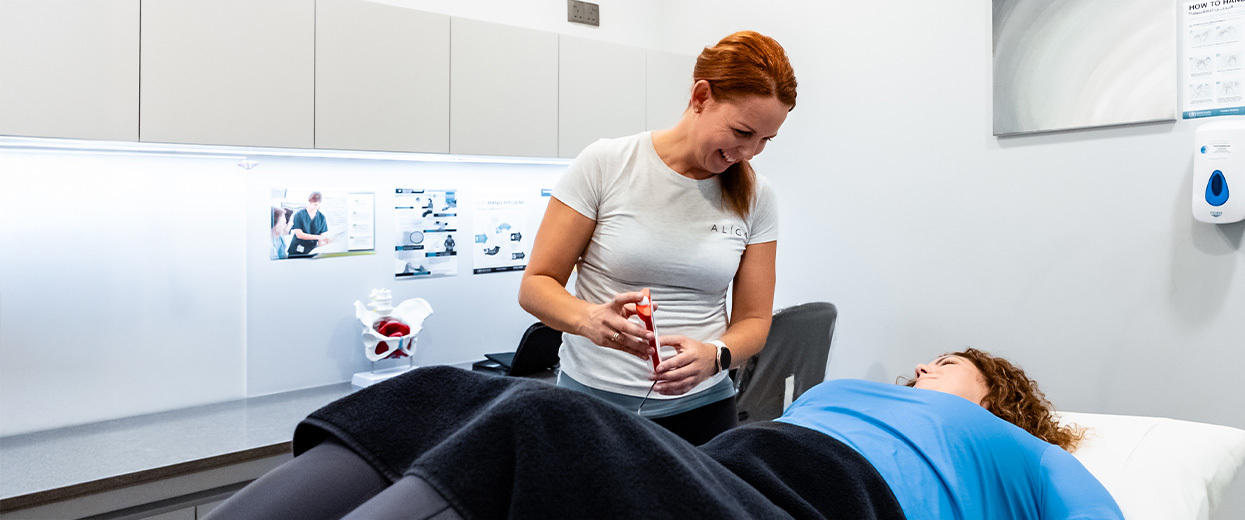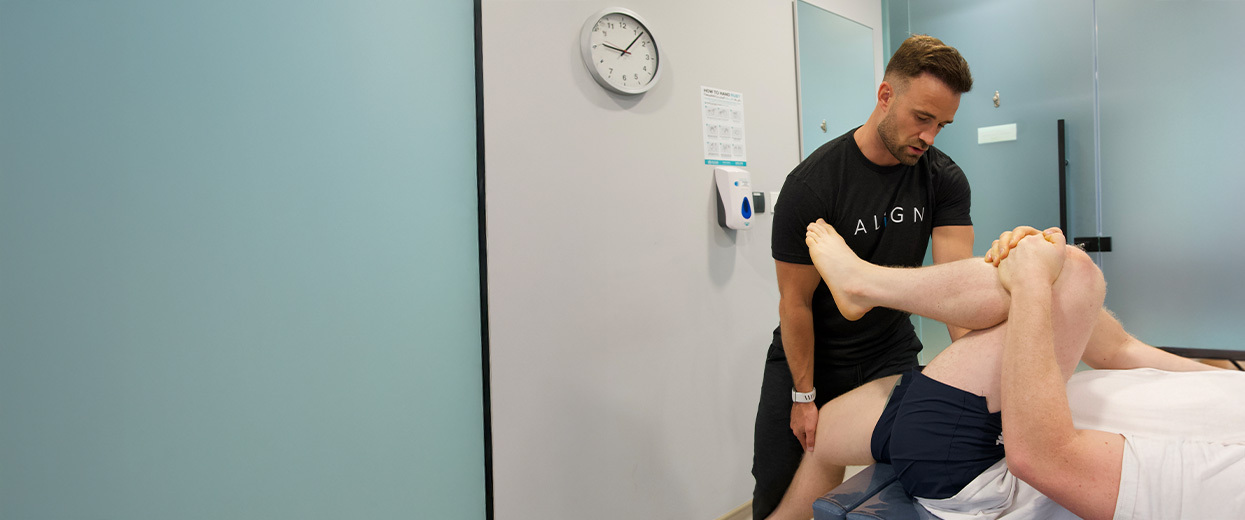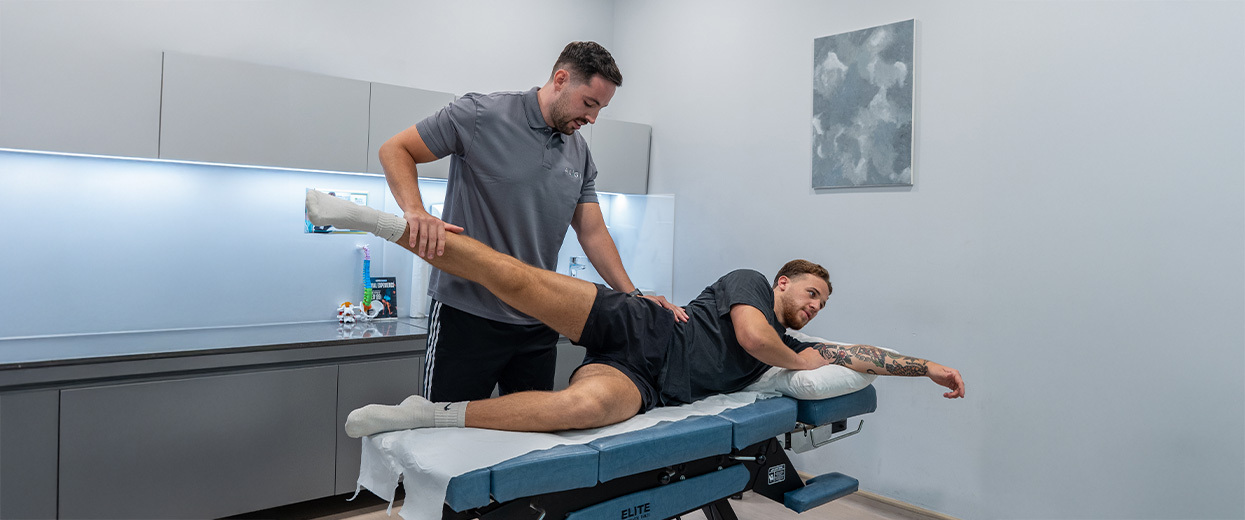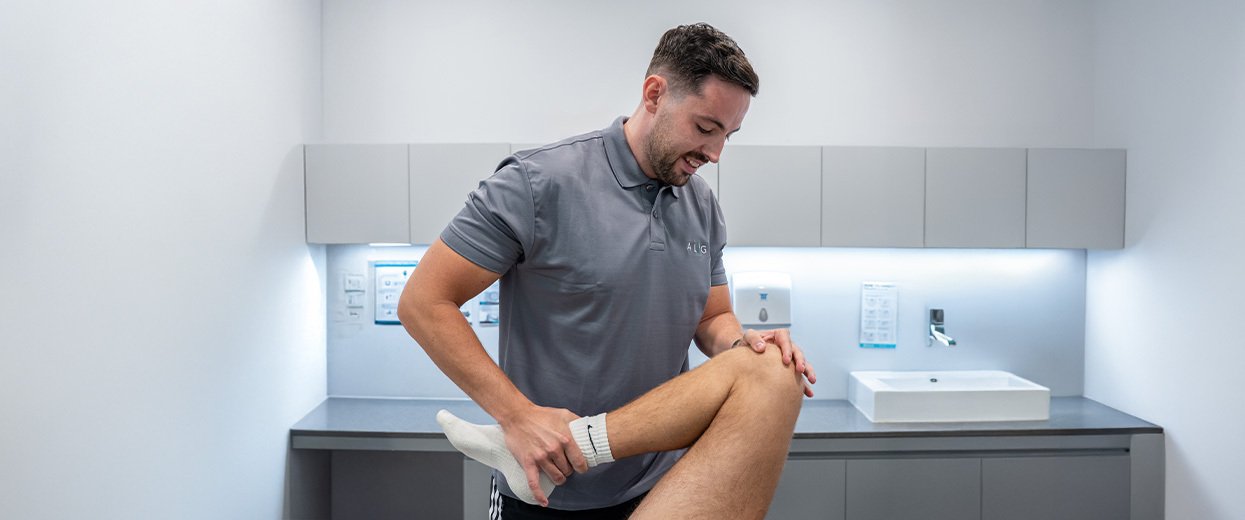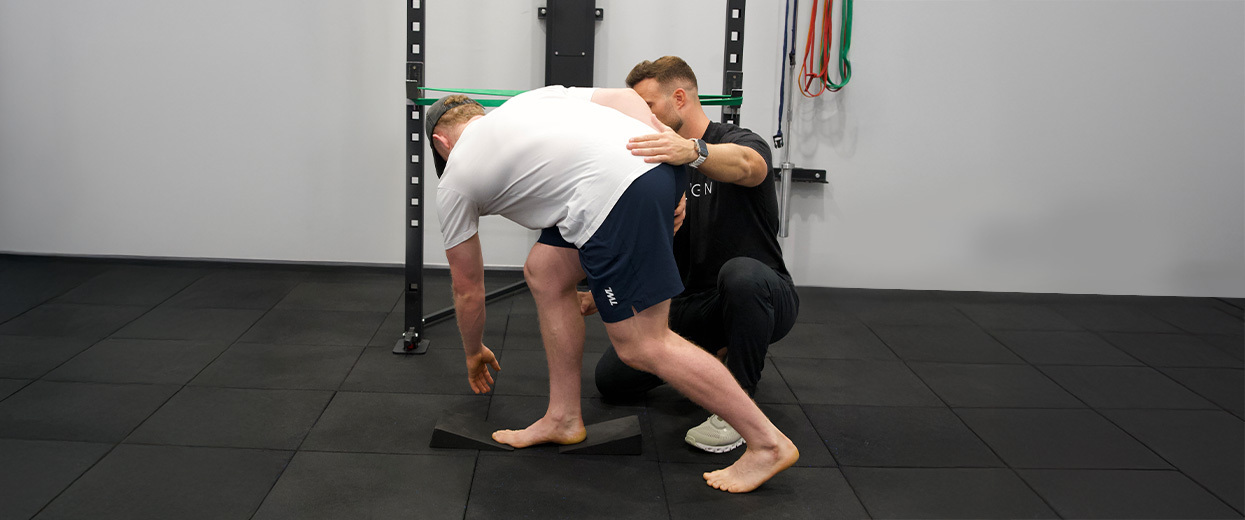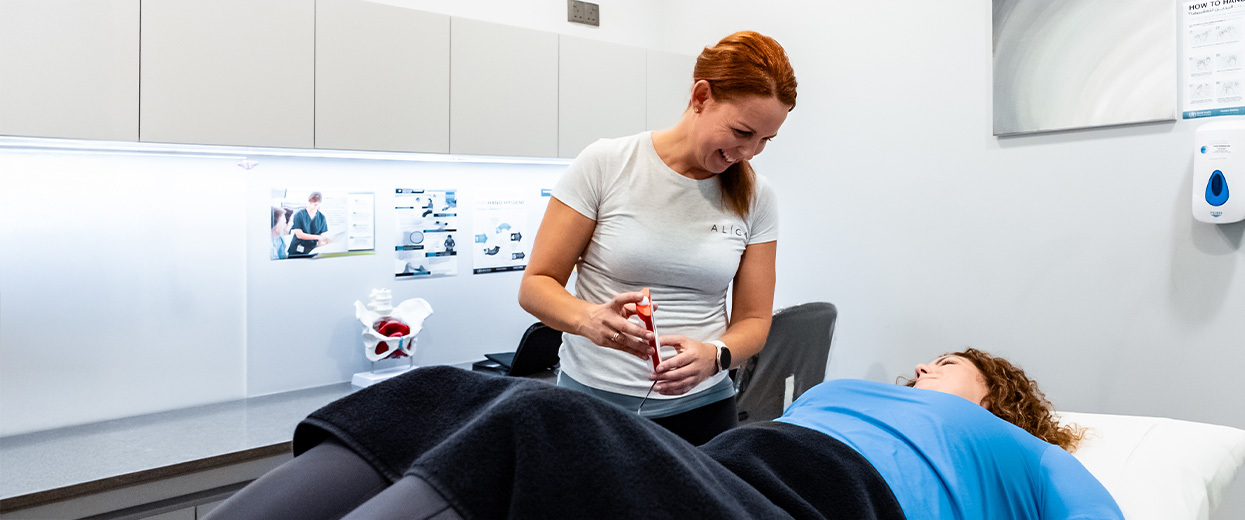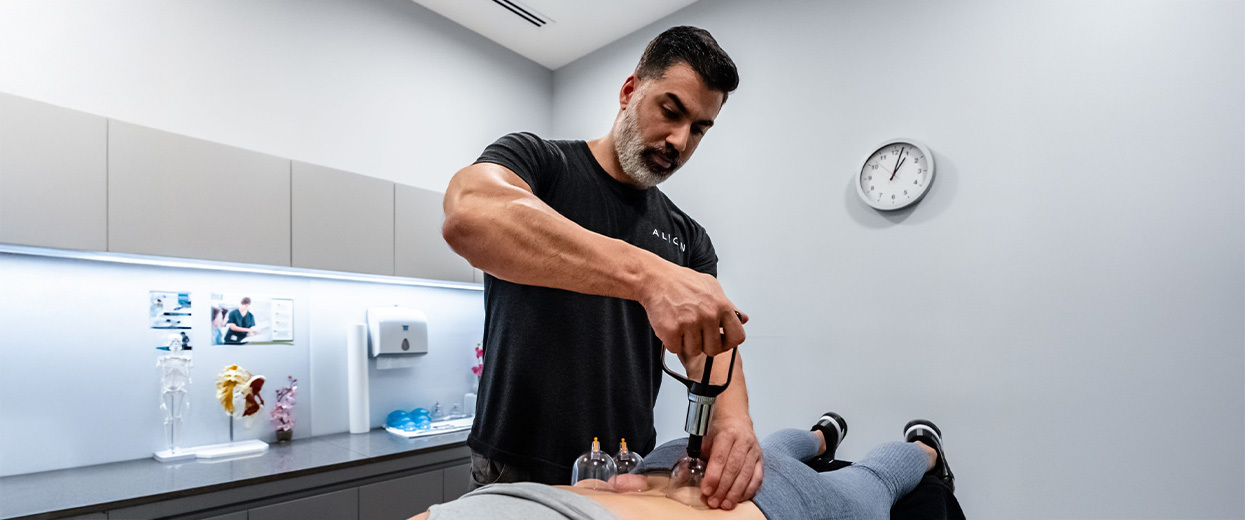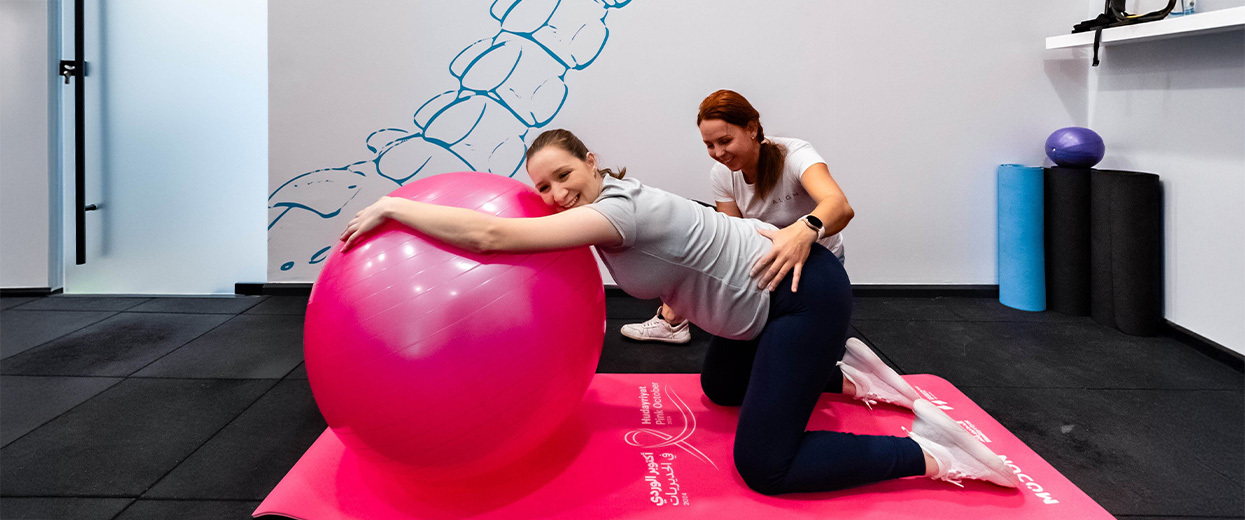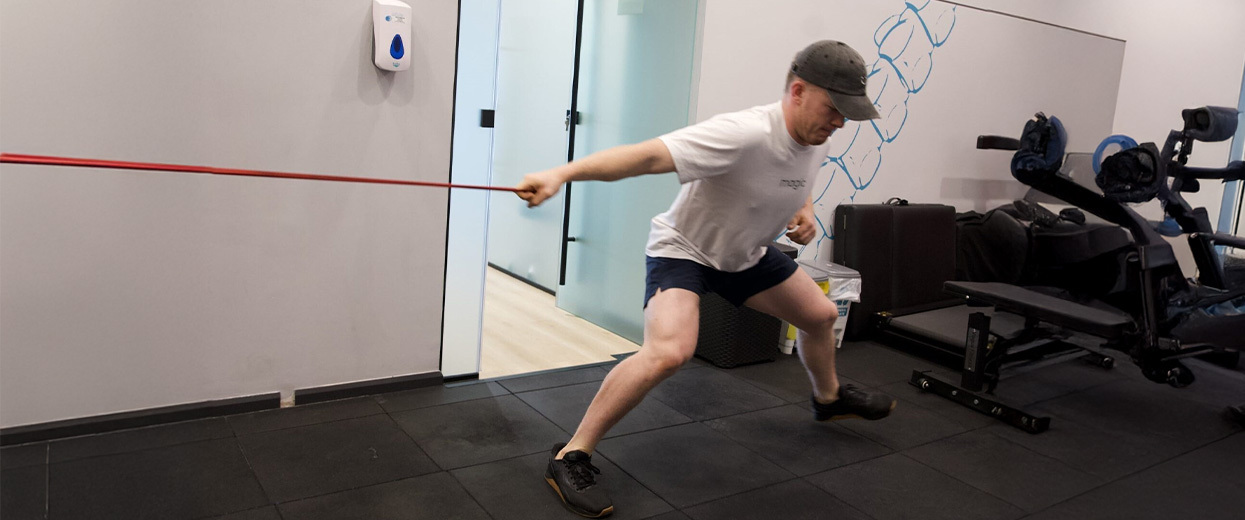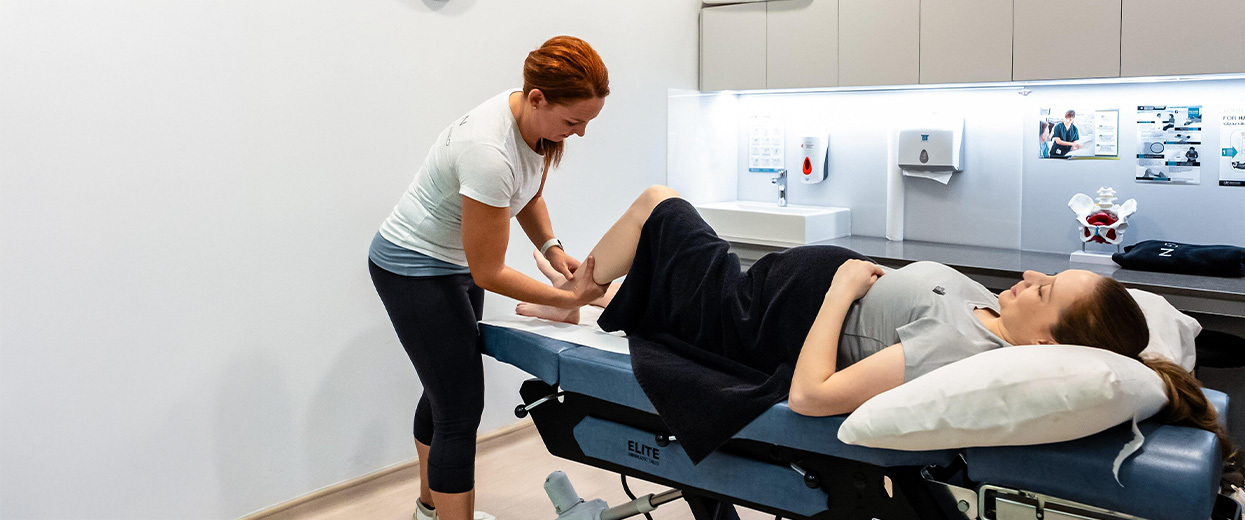Common Pregnancy Discomforts That Pelvic Physiotherapy Can Help Relieve
Pregnancy is one of the most transformative periods in a woman’s life, but it often comes with a fair share of physical discomforts. From backaches and pelvic pressure to bladder leakage and sleep issues, the body goes through significant changes to support the growing baby. Thankfully, pelvic physiotherapy during pregnancy is a gentle and effective approach to ease many of these common discomforts.
At ALIGN Health, we work with expecting mothers to help their bodies feel more supported, balanced, and ready for childbirth. One of the services many women benefit from is pelvic floor rehab in Abu Dhabi, a program designed to strengthen, stretch, and relax the muscles that play a crucial role in pregnancy and delivery.
In this blog, we’ll explore the most common pregnancy-related aches and pains and how pelvic physiotherapy can help you manage them naturally.
What Is Pelvic Physiotherapy During Pregnancy?
Pelvic physiotherapy during pregnancy is a specialized form of physical therapy focused on the pelvic floor muscles, core, and surrounding structures like the hips, lower back, and abdominal wall. These muscles support the uterus, bladder, and bowels, and they undergo a lot of pressure as the pregnancy progresses.
A pelvic physiotherapist is trained to assess, treat, and provide exercise plans that support these changing needs. The goal is not just to relieve discomfort but also to prepare the body for a smoother delivery and faster postpartum recovery.
Common Pregnancy Discomforts That Pelvic Physiotherapy Can Help With
1. Lower Back Pain
Why it happens:
As the belly grows, your center of gravity shifts forward, putting strain on the lower back muscles. Hormonal changes also loosen ligaments, making your spine less stable.
How pelvic physiotherapy helps:
A pelvic physio will teach you gentle strengthening and stretching exercises that relieve pressure on your lower back. They’ll also help improve posture, which is key to keeping back pain in check.
2. Pelvic Girdle Pain (PGP)
Why it happens:
PGP refers to pain in the front or back of the pelvis due to loosened joints or muscle imbalances. It can make walking, climbing stairs, or turning in bed painful.
How pelvic physiotherapy helps:
Your therapist will assess how your pelvic joints are moving and offer targeted techniques to stabilize them. This might include core-strengthening moves, gentle manual therapy, and advice on posture and body mechanics to reduce strain.
3. Urinary Incontinence
Why it happens:
Hormonal changes and growing uterus pressure can weaken the pelvic floor, causing leakage when you cough, sneeze, or laugh.
How pelvic physiotherapy helps:
You’ll learn how to do proper pelvic floor exercises (not just any Kegels!) that actually target the right muscles. Your therapist may also use biofeedback to help you better connect with and strengthen your pelvic floor.
4. Constipation and Bloating
Why it happens:
Hormones like progesterone slow down digestion. At the same time, the growing uterus puts pressure on the bowels.
How pelvic physiotherapy helps:
A pelvic physio can guide you in breathing techniques and abdominal massage to stimulate gut movement. They also teach safe exercises to encourage regular bowel movements.
5. Round Ligament Pain
Why it happens:
The round ligaments that support the uterus stretch as the baby grows, often leading to sharp pain in the lower belly or groin.
How pelvic physiotherapy helps:
Your therapist can provide gentle stretches and soft tissue techniques to reduce tension in these ligaments. Strengthening nearby muscles can also take pressure off the ligaments.
6. Sciatica or Nerve Compression
Why it happens:
Weight gain and posture changes can cause the sciatic nerve to become irritated, causing sharp pain down the leg.
How pelvic physiotherapy helps:
Pelvic physiotherapy during pregnancy includes nerve glide exercises and gentle mobilization to relieve pressure on the nerve. You’ll also learn better ways to sit, stand, and sleep to minimize flare-ups.
7. Sleep Discomfort and Restlessness
Why it happens:
Finding a comfortable sleep position gets harder with each trimester. Aches, reflux, and frequent urination don’t help either.
How pelvic physiotherapy helps:
Your physio can recommend positions and pillows to support better sleep. Gentle nighttime stretches and breathing exercises may also reduce stress and body tension.
8. Pain During Intercourse
Why it happens:
Hormonal changes and pelvic floor tension can make intimacy uncomfortable or even painful.
How pelvic physiotherapy helps:
Through gentle internal and external release techniques, your therapist can help reduce tightness in the pelvic floor. You’ll also learn relaxation strategies to make intimacy more comfortable and enjoyable.
9. Shortness of Breath
Why it happens:
The growing uterus pushes upward into the diaphragm, making it harder to take full breaths.
How pelvic physiotherapy helps:
Your therapist can teach diaphragmatic breathing techniques that expand your ribcage and support lung function, even as your belly grows.
10. Prepping for Labor and Delivery
Why it matters:
Strong, flexible pelvic muscles can reduce tearing during delivery and support smoother pushing.
How pelvic physiotherapy helps:
Your physio will guide you through perineal massage techniques, optimal birthing positions, and labor-prep exercises to get you delivery-ready.
At ALIGN Health, our therapists often include these elements in your care plan, so you feel empowered heading into birth.
Why Choose ALIGN Health for Pelvic Physiotherapy During Pregnancy?
At ALIGN Health, we understand that pregnancy is not a one-size-fits-all experience. Our licensed pelvic physiotherapists provide personalized care based on your trimester, body type, and symptoms. We take a gentle, evidence-based approach that puts your comfort and safety first.
Whether you’re dealing with pelvic pain or preparing for birth, our Pelvic Floor Rehab in Abu Dhabi program is designed to support every stage of your pregnancy. You’ll leave each session feeling more informed, more aligned, and more in control of your pregnancy journey.
When to Start Pelvic Physiotherapy During Pregnancy?
Pelvic physiotherapy can be beneficial at any point in your pregnancy. However, starting early (even in the first trimester) can help prevent discomfort from becoming severe later on.
Many women begin treatment when symptoms like back pain, pelvic pressure, or leakage first appear. Others use it as a proactive tool to prepare their body for labor and delivery.
Always consult your OB-GYN before starting any new therapy. If given the green light, pelvic physio can be a game-changer.
Final Thoughts
Pregnancy is a time of great change—physically, emotionally, and hormonally. But pain and discomfort don’t have to be part of the experience. With professional guidance and the right care, you can ease many of the common challenges and enjoy a smoother journey to motherhood.
Pelvic physiotherapy during pregnancy offers real, gentle relief for the discomforts that most moms-to-be face. And with a trusted provider like ALIGN Health by your side, you’re not just managing symptoms—you’re actively preparing your body for one of life’s biggest moments.

